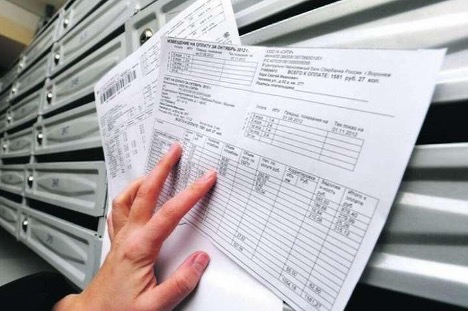Utilities, home repairs and how to calculate them: tariff calculation
Utilities and residential repairs are an important part of the life of every resident of an apartment building. Understanding how water charges are calculated, or how the maintenance and repair of a residential property is calculated, helps not only to plan a budget, but also to consciously participate in the management of the house.

The content of the article
How to count utilities: understanding the process
Understanding the utility billing process begins with recognizing that these payments include the cost of various resources and services. They are provided for a comfortable stay in a residential area. Utilities may include the following:
- electricity;
- gas;
- water supply;
- sewerage;
- heating;
- cleaning;
- maintenance of common areas;
- as well as garbage removal.
Each of these services has its own method of calculation and charging. The first step in the process of how to calculate utilities is to understand the volume of consumption. For most services, such as water, gas and electricity, consumption is measured using meters. Regular meter readings allow you to accurately determine the volume of consumption, which is the basis for calculating payments.In the absence of individual meters, calculations can be made based on consumption standards per person or per unit area.
The next important aspect is understanding the tariffs. Utility rates are set locally and may vary depending on region, service provider and current economic conditions. It is important to check the current rates regularly as they are subject to change. In addition, some services may have a fixed cost, while others may have a variable cost depending on the volume of consumption.
It is also important to take into account that the calculation of utility bills often includes additional payments, such as contributions for major repairs or payments for the maintenance of elevators and cleaning of common areas. These costs are distributed among all residents of the house in proportion to the area or volume of their use. These additional costs are due to the need to maintain the overall well-being and functionality of the residential complex.

How to calculate a tariff: basic principles
How to calculate the tariff for the maintenance of an apartment building and how to calculate the tariff for water - these questions require taking into account many factors. Tariffs are based on the cost of resources, the costs of their delivery and distribution, as well as infrastructure maintenance.
Tariff calculation for housing maintenance and repairs
This process requires an integrated approach. It includes the costs of ongoing building maintenance, major repairs and infrastructure upgrades.
How to calculate housing and communal services tariffs and how to calculate the cost of water using a meter are tasks that require accuracy and transparency.It is important to consider that the tariff is formed taking into account many parameters, including the cost of resources, system maintenance and current market conditions.
The costing process may include the following steps:
- Determination of the volume of consumption of services by meters (for example, water or electricity).
- Accounting for fixed costs for maintaining the common property of the house.
- Calculation of the cost of major repairs and ongoing maintenance.
How to calculate rent for an apartment: tips and tricks
This question is relevant for every tenant or owner. It is important to understand here that in addition to direct utility costs, the calculation may include additional payments, such as contributions for major repairs or services of a management company.
Conclusion
Calculating housing and communal services is a task that requires attention to detail and an understanding of the basic principles of tariff formation. A conscious approach to this process not only helps to save money, but also contributes to more efficient management of housing resources.





